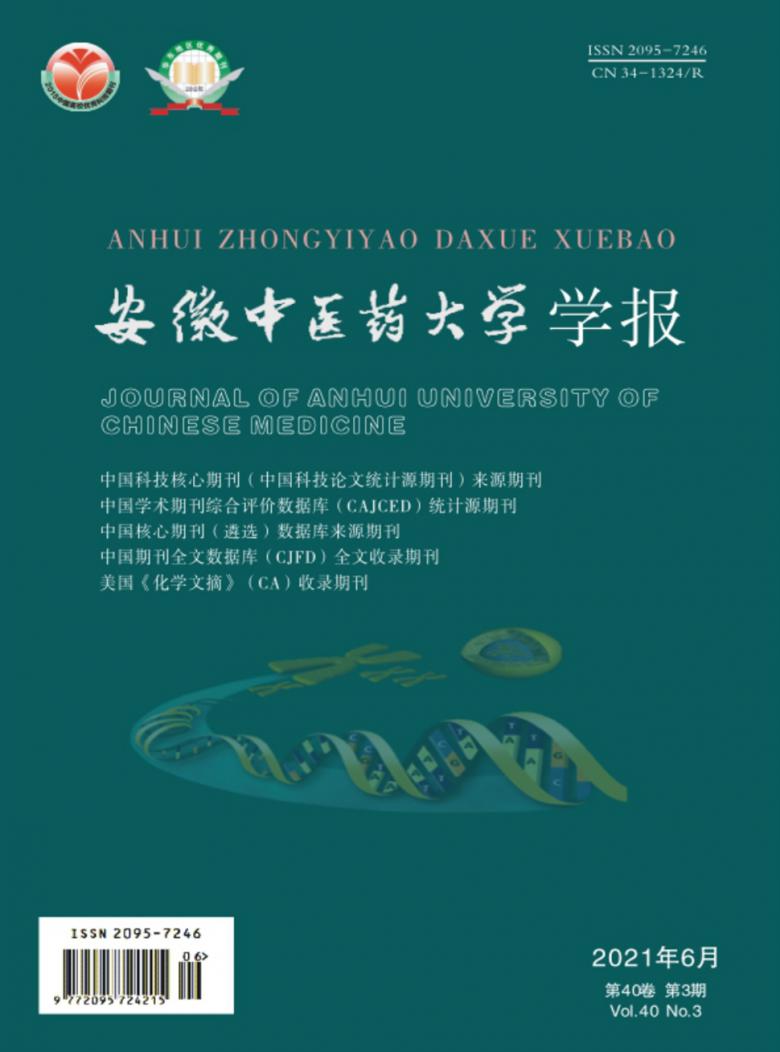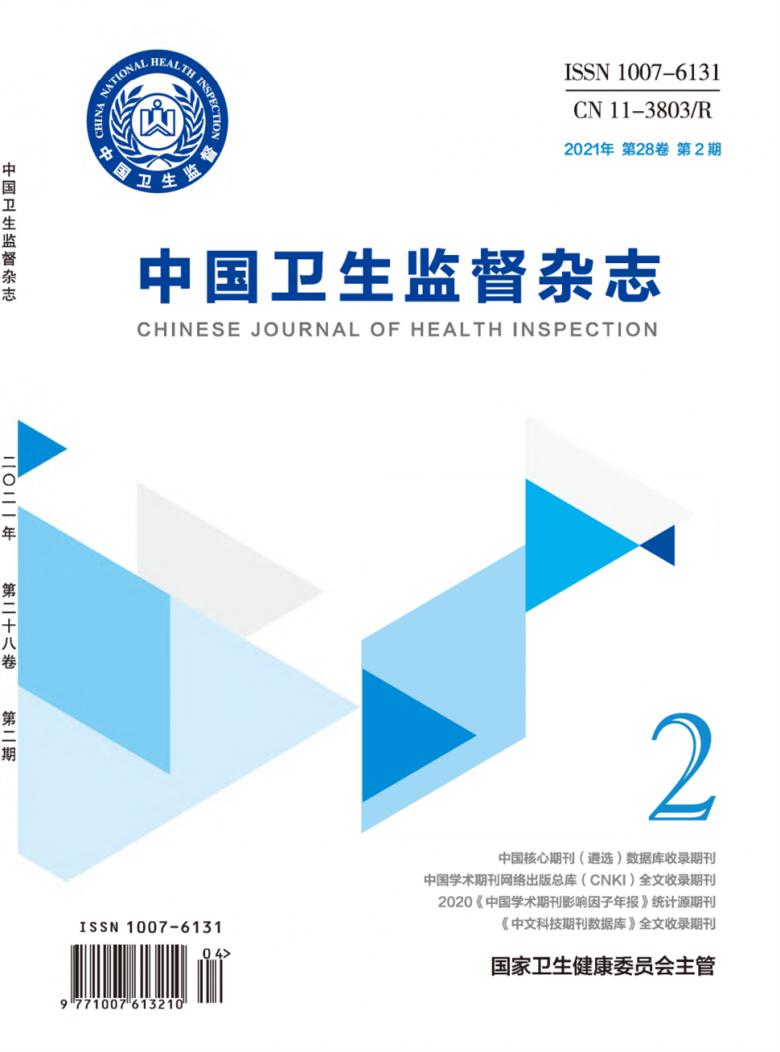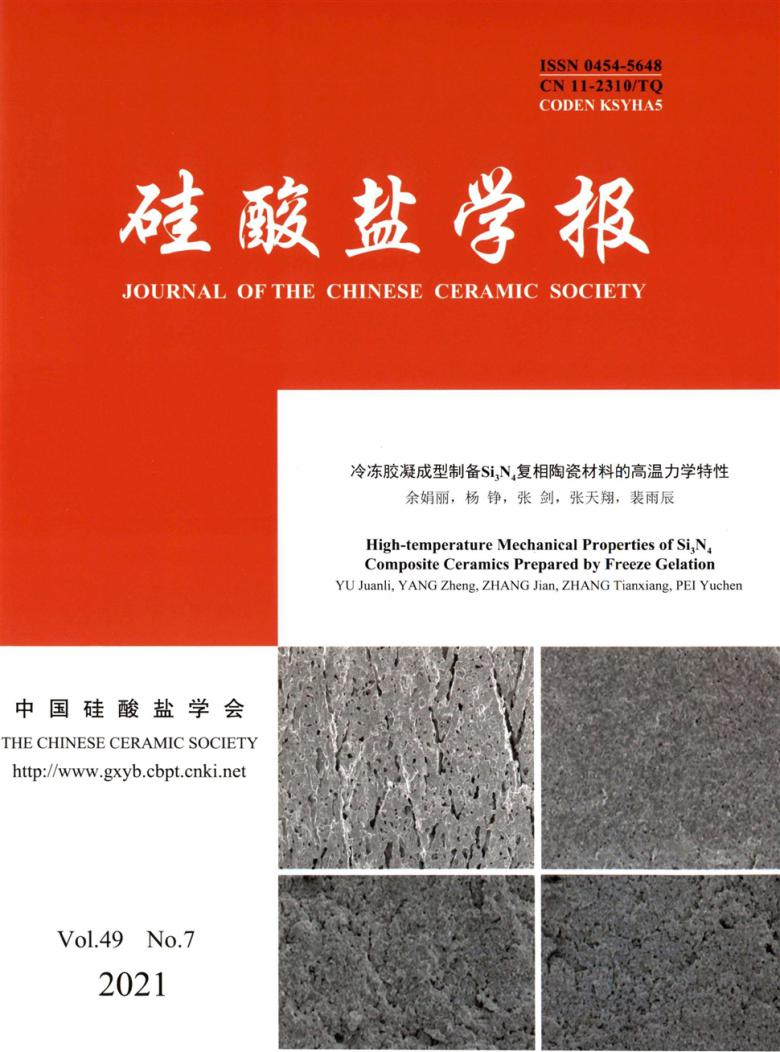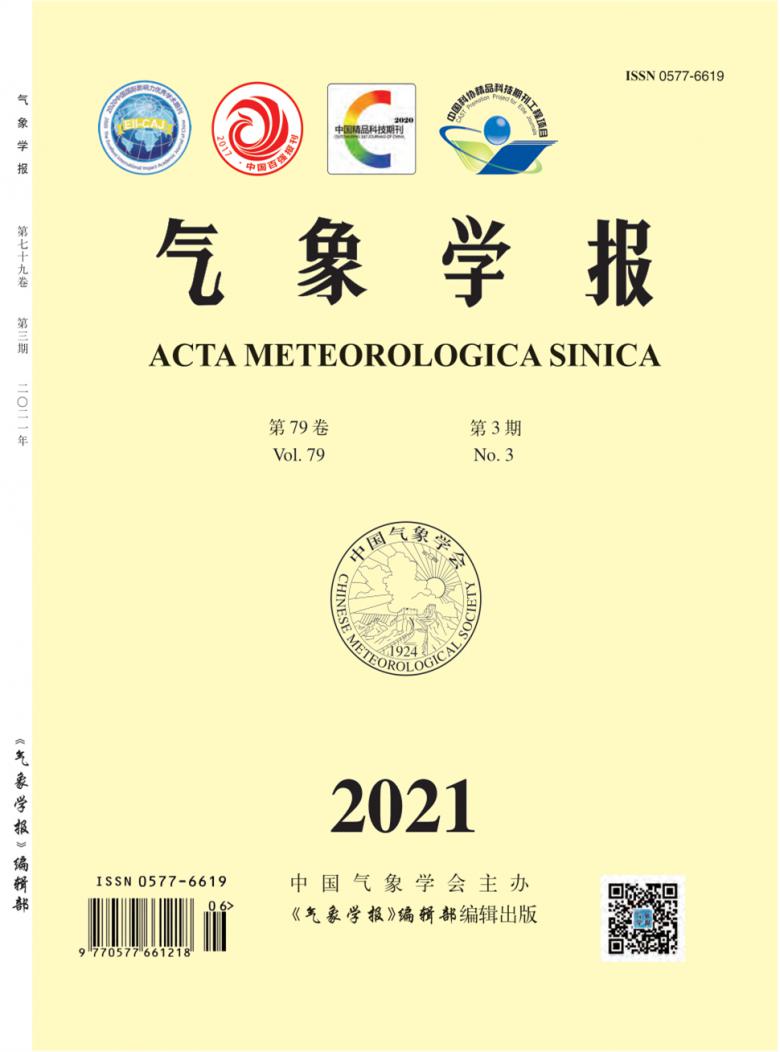关于25例小儿房间隔、室间隔缺损胸腔镜手术麻醉处理
范从海 2012-10-13
【摘要】 目的 探讨2~10岁儿童房室缺修补胸腔镜手术麻醉处理方法。方法 采用单腔气管插管、静脉复合麻醉,麻醉维持采用异丙酚3~6mg/(kg·h),持续输注,分次给予芬太尼镇痛,微泵输注维库溴铵维持肌松。术中行上下腔套带及主动脉灌注插管时,对心率、氧饱和度、平均动脉压、二氧化碳分压进行观察。结果 全组手术均获得成功,无死亡。 结论 术中改良双肺肺通气、加强呼吸管理和肺保护是麻醉管理的关键。 【关键词】 房间隔缺损;室间隔缺损;胸腔镜手术;麻醉;小儿 Abstract: Objective To explore approaches of anesthesia management of thoracoscopic surgery for children (aged 2 to 10) suffering from atrioventricularis communis. Methods Intravenous combined anesthesia was performed by single lumen endotracheal intubation during operation in all patients. Anesthesia was maintained by continuous infusion of propofol 3-6 mg/kg·h, with fentanyl administered at times for abirritation and vecuronium bromide infused through a tiny-pump for muscle relaxation maintenance. Results There were no mortality and serious complication associated with procedures. The heart rate, oxygen saturation, mean arterial pressure and partial pressure of carbon dioxide during the operation of aortic perfusion canula were observed and two-way ANOVA was conducted. Conclusion During the video-assisted thoracoscopic surgery (VATS) for pediatric congenital cardiopathy, improved pulmonary ventilation, enhanced management of respiration and lung protection are the key factors in the anesthesia management. Key words: atrial septal defect; ventricular septal defect; thoracoscopic surgery; anesthesia; young children 胸骨正中切口心脏直视手术,具有良好的术野显露、避免对肺的挤压和损伤、有利于术后肺功能恢复等优点,为胸前心内直视手术的常规入路[1]。但其需要纵劈胸骨,手术切口长,出血较多,存在胸骨或纵隔感染等并发症,特别是儿童患者常引起胸骨愈合后畸形,影响术后生活质量。近年来,电视胸腔镜下心脏手术成为一种新的术式,同时也对其麻醉方法提出新的要求。我院小儿心脏微创外科2007年至今共完成小儿房间隔、室间隔缺损胸腔镜手术25例,现将麻醉处理报道如下。 1 资料和方法 1.1 一般资料 男15例,女10例;年龄6~7岁,平均6.5岁;房间隔缺损10例,室间隔缺损15例;体重10~40 kg,平均(23±6)kg。 1.2 麻醉方法 均采用单腔气管插管,静脉复合麻醉。术前常规给药哌替啶1 mg/kg,东莨菪碱0.01 mg/kg;麻醉诱导:不配合小儿以氯胺酮5~7 mg/kg肌内注射,入室时行咪唑安定0.1 mg/kg,芬太尼5 μg/kg,维库溴铵0.1 mg/kg,麻醉维持。异丙酚3~6 mg/kg,持续输注,维库溴铵微泵输入维持肌松。 1.3 监测指标 入室后常规行桡动脉穿刺连续测血压(BP),行右侧颈内静脉置管测中心静脉压(CVP),五导联常规心电图和动脉血氧饱和度(SaO2)监测。定时测血气以利于调整呼吸。 1.4 统计学处理 采用配伍组的方差分析。检验水准:α=0.05。 2 结 果 所有患者均顺利完成手术,术中平均动脉压(MAP)、心率(HR)平稳,平均手术时间为30 min。术中行上下腔套带及主动脉灌注插管时有1例SaO2下降至90%,经停止手术操作,手控呼吸2 min后上升至100%,术毕患儿在1~2 h清醒,HR、MAP与术前相比无明显变化,HR测分、MAP (mmHg)、PaCO2、 在上下腔套带及主动脉灌注插管时较术前升高明显(P<0.05)。具体情况见表1。表1 25例患儿不同指标4个测分点分值比较 与术前相比:*P <0.05 3 讨 论 电视辅助胸腔镜手术(video-assisted thoracoscopic surgery,VATS)是近年来发展的胸部微创手术,与传统的开胸手术相比,具有损伤小,失血少,手术疼痛轻,术后恢复快的特点[2],但在麻醉及管理方面有一定的特殊性[3]。 此类手术一般病情较轻,心脏功能大致正常,病变简单,只要手术成功,患儿均可完全康复,故麻醉不宜过深;同时可不开胸,操作在胸腔中进行,因此胸腔镜心脏手术麻醉处理呼吸管理是重点[4]。
[2] Soni AK, Conacher ID, Waller DA, et al. Video-assisted thoracoscopic placemeat of paravertebral catheters: a technique for postoperative analgesia for bilateral thoracoscopic surgery [J]. Br J Anaesth, 1994, 72(4):462-464.
[3] 谢 荣.麻醉学[M].北京:人民卫生出版社,1994:539.
[4] 韦 华,邓劲松,张 瑛,等.电视胸腔下小儿室缺矫治术的麻醉管理[J ].中国心血管病研究杂志,2006,4(1):42-44.






